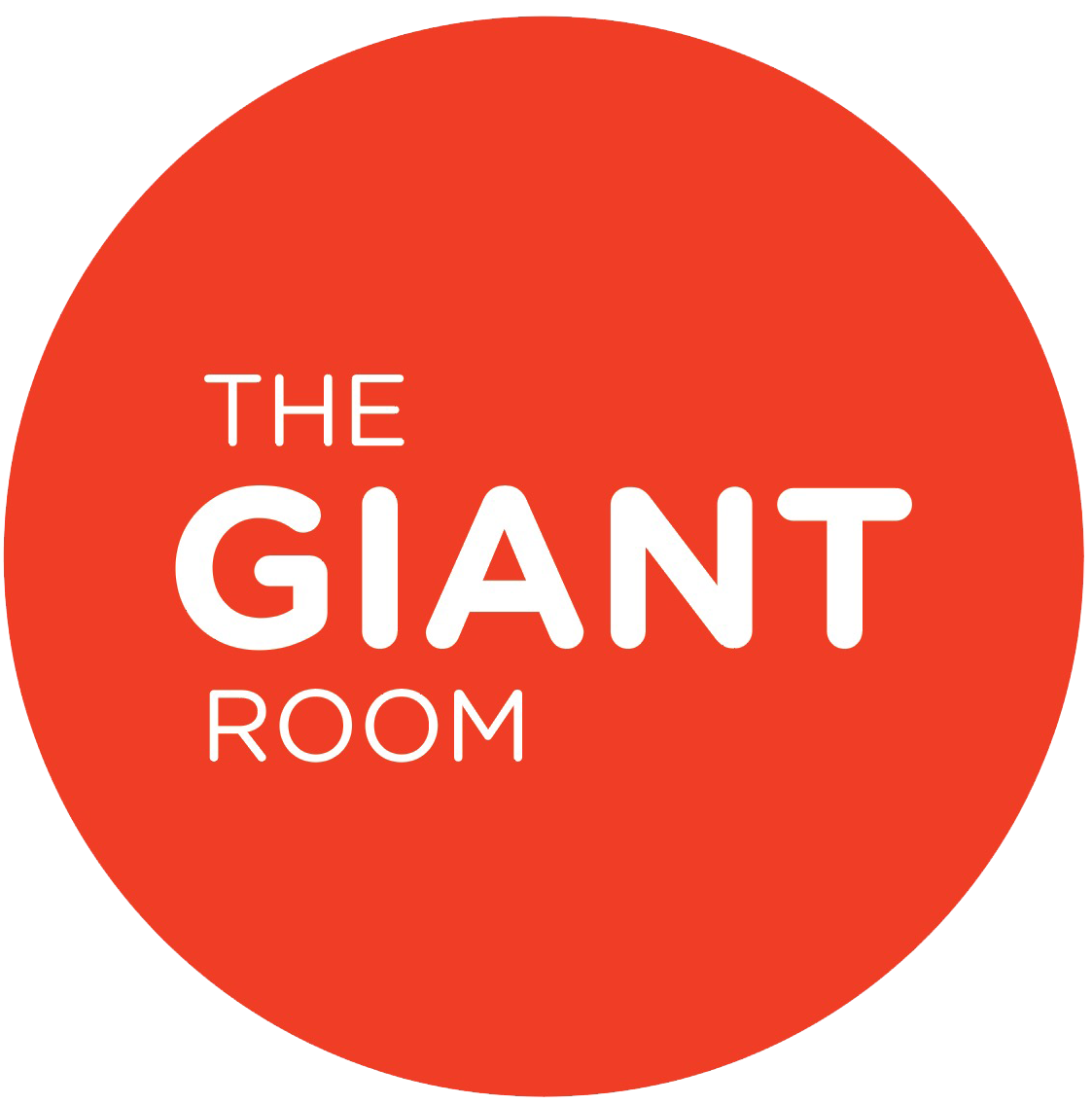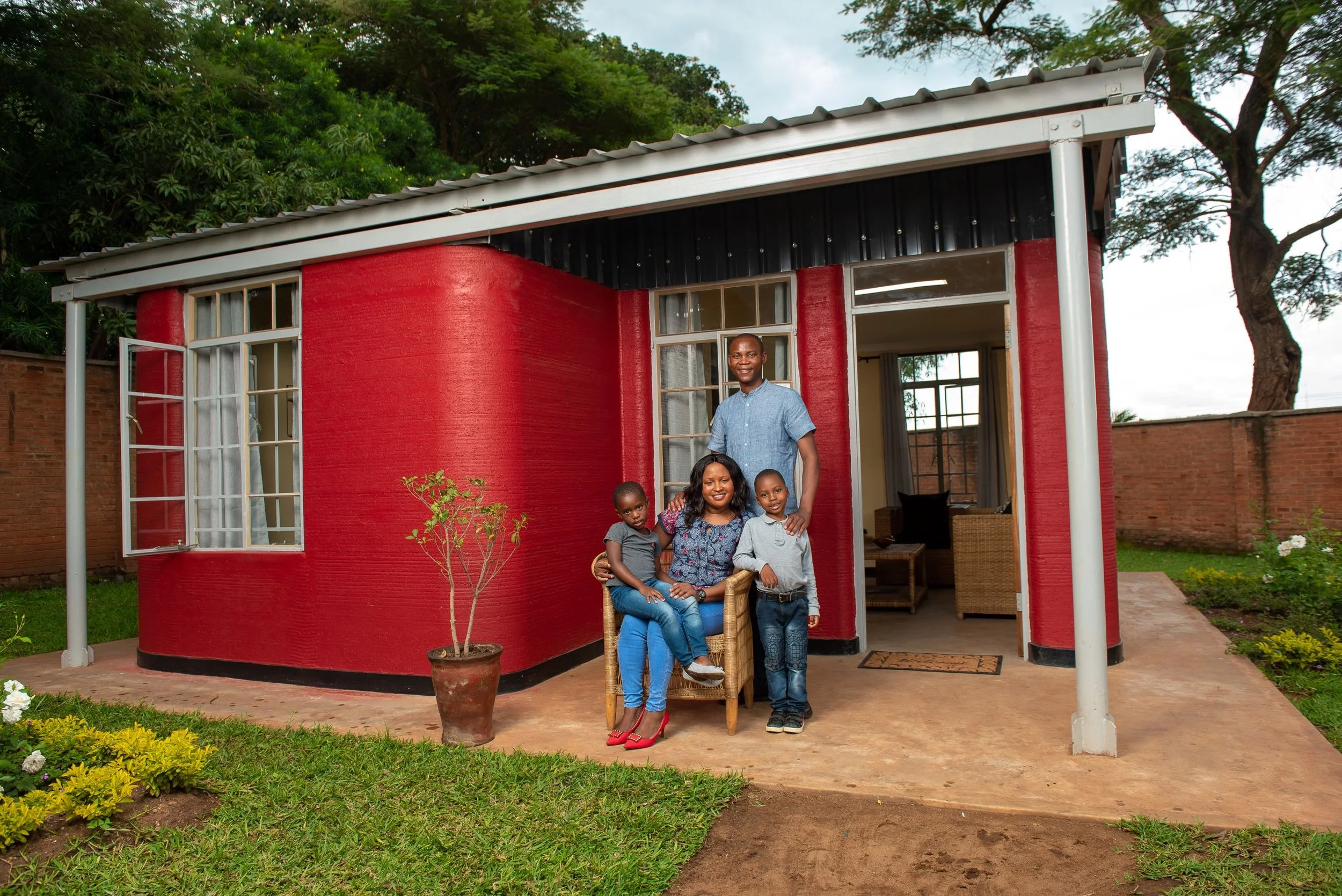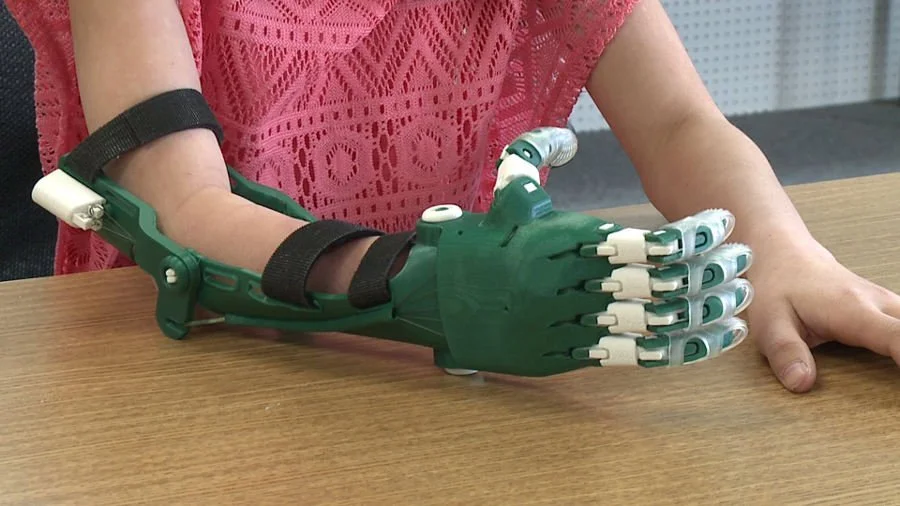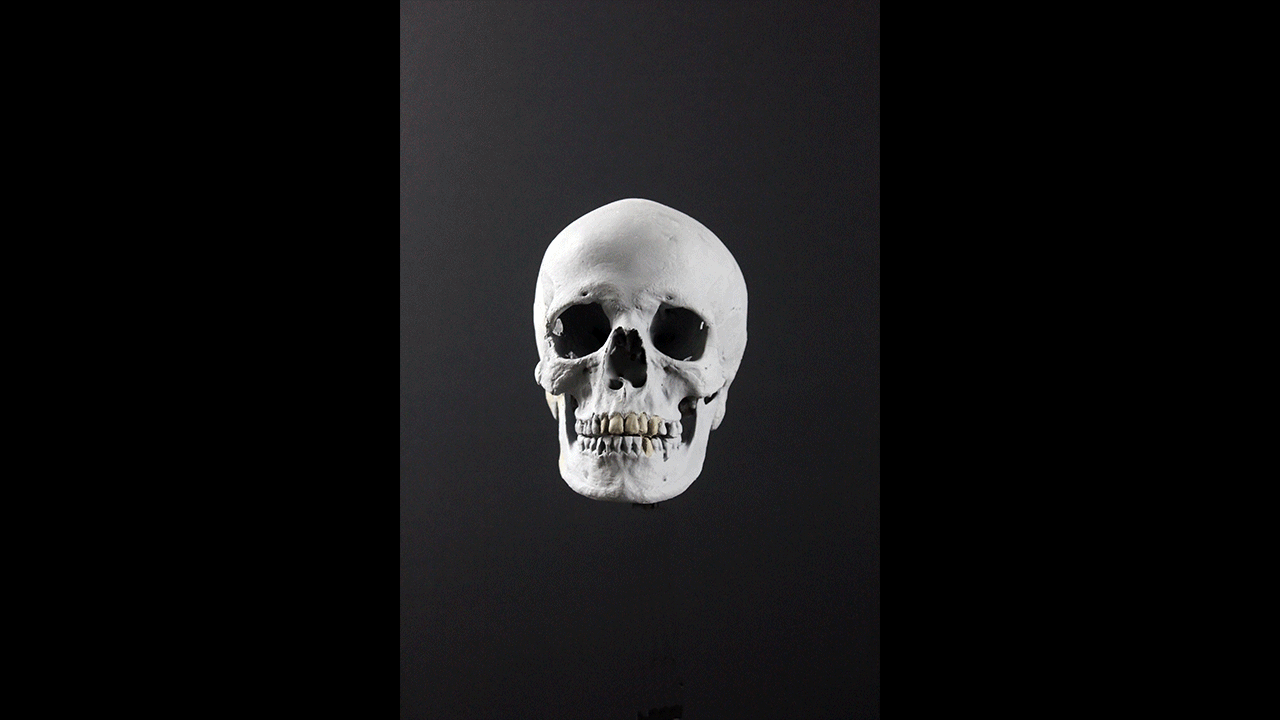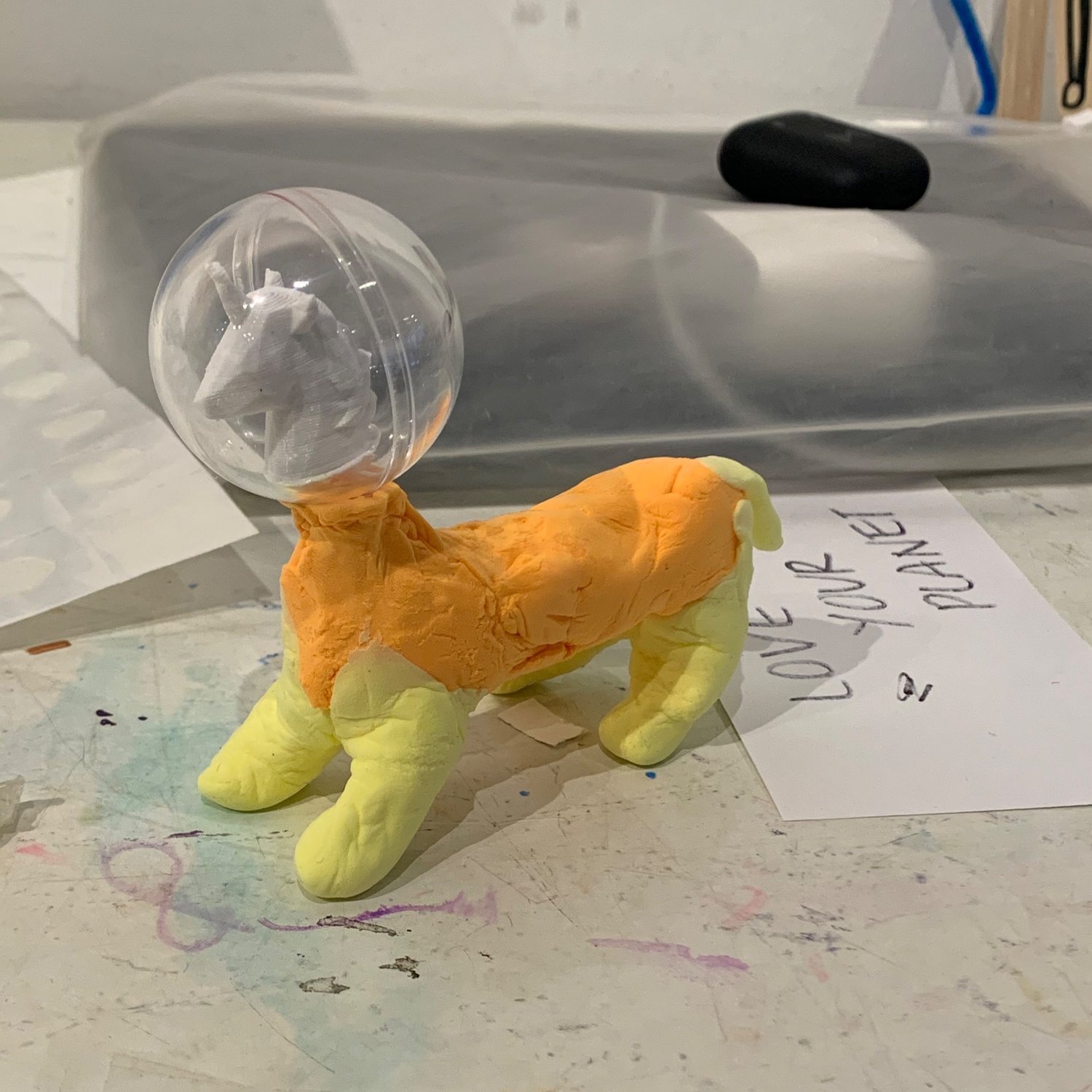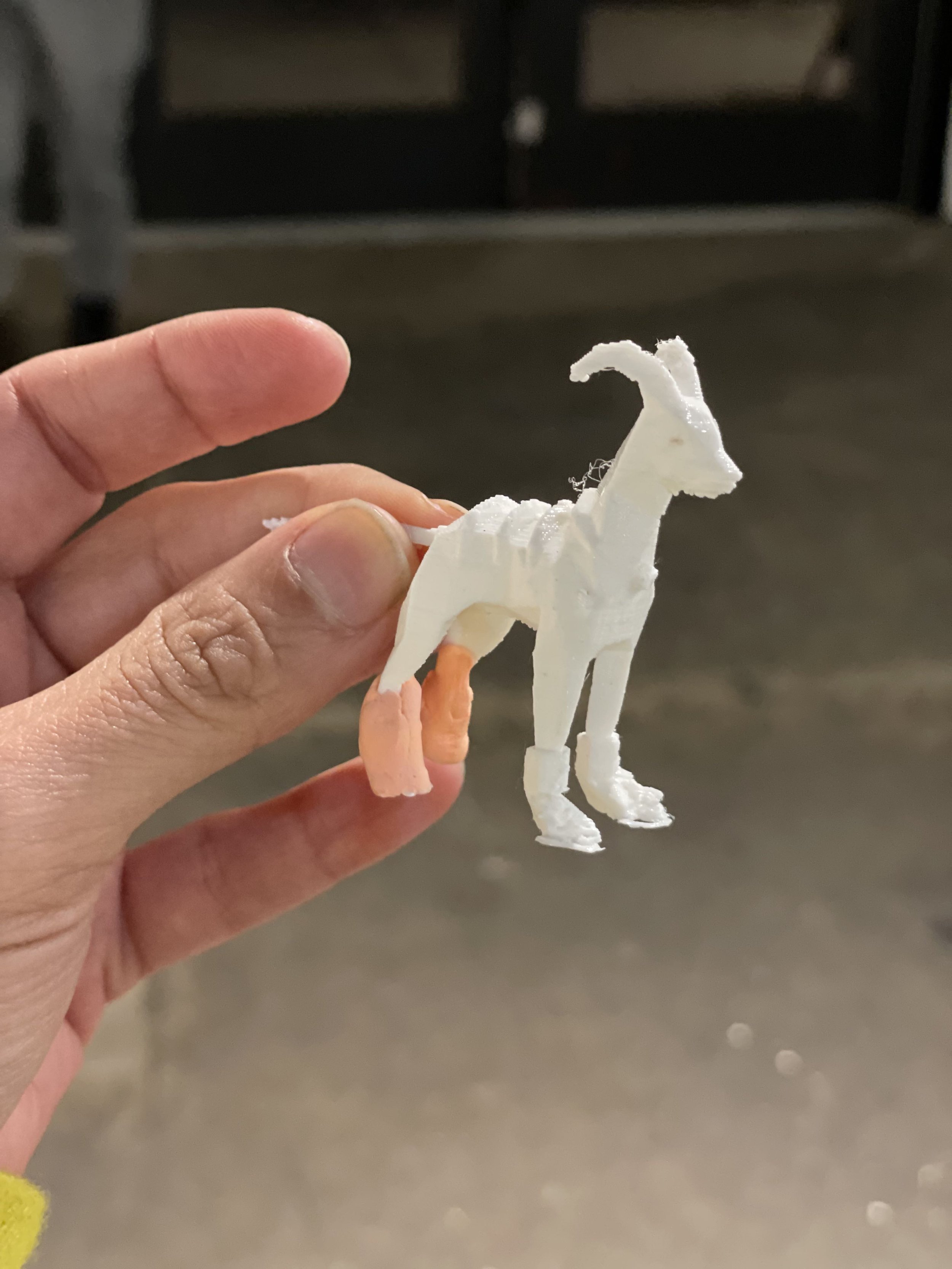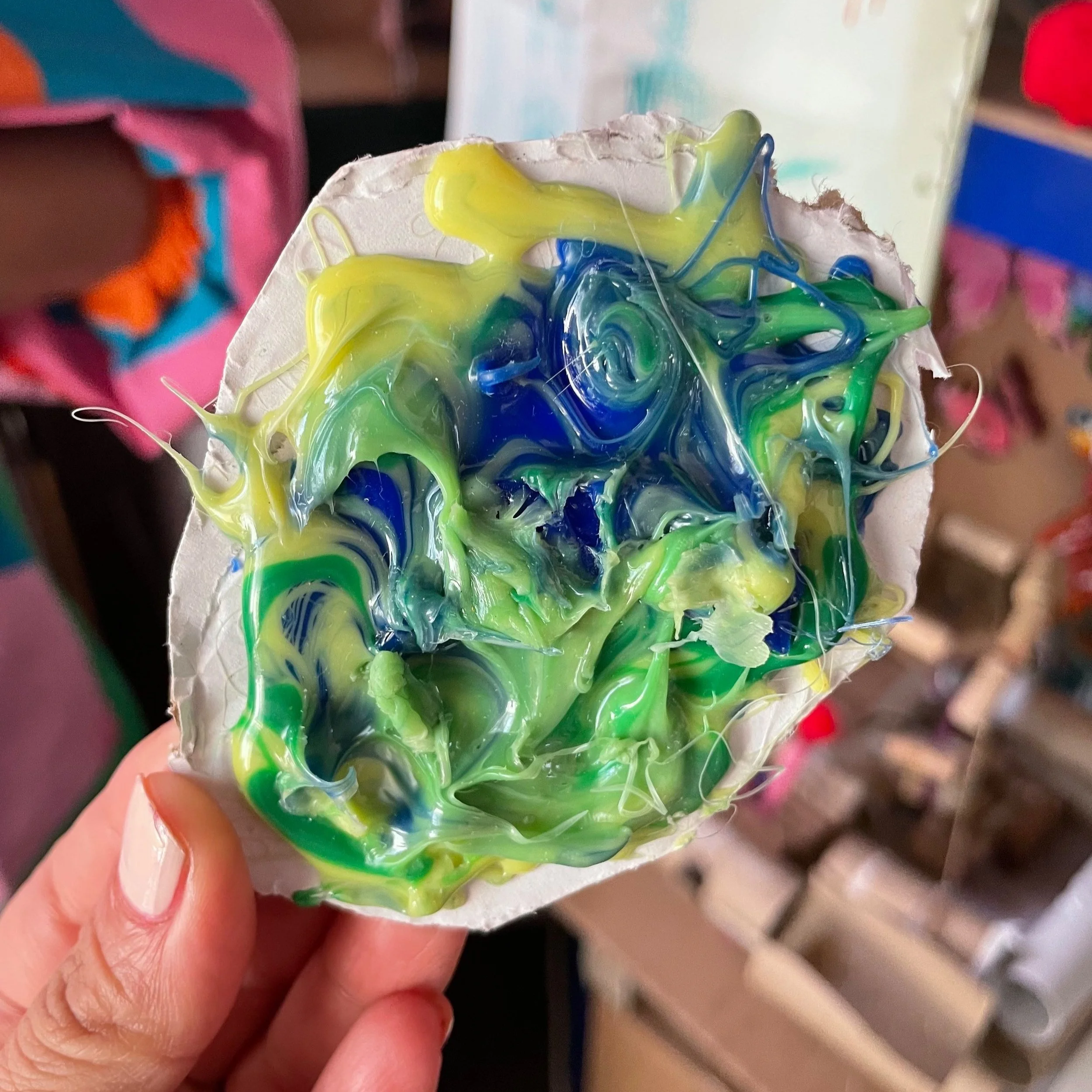3D Printing is Changing Our Future
What’s the first thing you do if you dream of a new accessory to wear, a new gadget that does something epic, or a cool design for your room? Do you hire a designer to custom design it for you or search online to find the closest design to your vision?
That’s not what GIANT kids do! Instead, they usually ask, “how can I make that myself?” You may not be surprised to know that many of them love to use a 3D printer in their prototyping process, which allows them to literally touch on their thoughts within the span of a few minutes - and sometimes hours, depending on how grand their idea might be. Once, a GIANT participant designed a very cool 3D object in Thinkercad. I explained to him that it would take hours to 3D print it and offered to print it overnight for him to pick it up later. He responded, “that’s ok! I can sleep over. Can you call my mom and let her know?” - that’s how engaged and committed kids can be in their learning process when you value their ideas and help them to build upon them!
3D printing is a common practice in the product design process. When designers model a new product, they often 3D print a prototype to see how it looks and works, make adjustments, and when they’re happy with the design, they may send it to a factory for mass production. Some companies have taken this practice even further! 14Trees in Africa, for example, has constructed the largest 3D-printed housing project in the Kenyan town of Kilifi! The development is part of the innovative Green Heart of Kenya regenerative master-planned town and productive agriculture landscape focused on creating ‘inclusive and climate-resilient cities’. Incorporating the cutting edge 3D printing technology has helped 14Trees to cut down cost and construction time of houses by 60%!
Image courtesy of Innovators Magazine
3D printing has also aided medicine’s evolution. Doctors can now 3D print artificial limbs or organs! Thereby, significantly lowering the cost of transplants, and making it accessible for millions of patients who couldn’t afford the time to look for donors, or the cost to pay for preservation methods of live organs and complex surgeries involved!
In a new study in the Journal of The Royal Society Interface, researchers in the U.K. took an artificial robotic fingertip and dressed it up in 3D printed skin capable of tactile sensing and relaying electric signals much like human skin. Called the TacTip, this new advancement may create a generation of dexterous robots and even help improve prosthetics to resemble their flesh-and-blood counterparts. This breakthrough could help restore a sense of touch to amputees who rely on prosthetic limbs.
3D printers come in all shapes and sizes to bring all sorts of ideas to life - from a simple ring you’d like to prototype to a house that becomes a home to a family, or an artificial limb that changes someone's life! At The Giant Room, we always encourage kids to come up with their own big ideas and help them to bring those ideas into reality. Wondering what are some of the things our GIANT community have 3D printed in our studio? They’ve printed 1000s of ideas - from their own hand drawings to their favorite characters like Transformers, Invader Zim, Pokemon Dragons; accessories they can wear; animals they like to take care of; love notes; their dream house; gadgets like iPhone holders; landmarks they like to visit like the Eiffel tower; things they like to play with like puzzles and chess pieces, and so much more!
You may also mix 3D printing with other fabrication tools and materials. For example, Oscar Nilsson, a pioneer in reconstructive archaeology uses a blend of 3D printing and clay modeling to bring his creations to life! In 2020, Oscar recreated the face of a 4000-year-old cavewoman by layering a dozen muscles made out of clay on a 3D printed replica of the recovered skull. An amazing project integrating knowledge from science, history, technology, and art fields. Indeed, a true definition of a creative STEM project.
Image credit: Oscar Nilsson
We gave this technique a try at The GIANT Room to design an astronaut unicorn, and to fix a broken leg 3D printed goat!
And we incorporate our 3D printed creations with all sorts of other materials to make super cool projects - like these snowglobes we made with glitters, glycerin, water, and 3D printed charms!
Have your kids join us at The GIANT Room for a private workshop, or one of the many after school programs or summer camps to learn more about 3D printing and create like GIANTs!
If you’d like to try 3D printing at home but don’t have access to a 3D printer, you can simply try to “hand 3D print” with a hot glue. The mechanism is fairly similar to how 3D printers with extruders work. The extruder gets super hot and melts the printing plastic. The printer’s head then moves and extrudes the melted plastic layer by layer based on your design. Look at this “Van Gogh” art piece 3D printed with a hot glue by Capri, a GIANT kid from Los Angeles.
For more amazing tools for your family’s or school’s creativity journey, download our tool sheet, start dreaming, and making!
